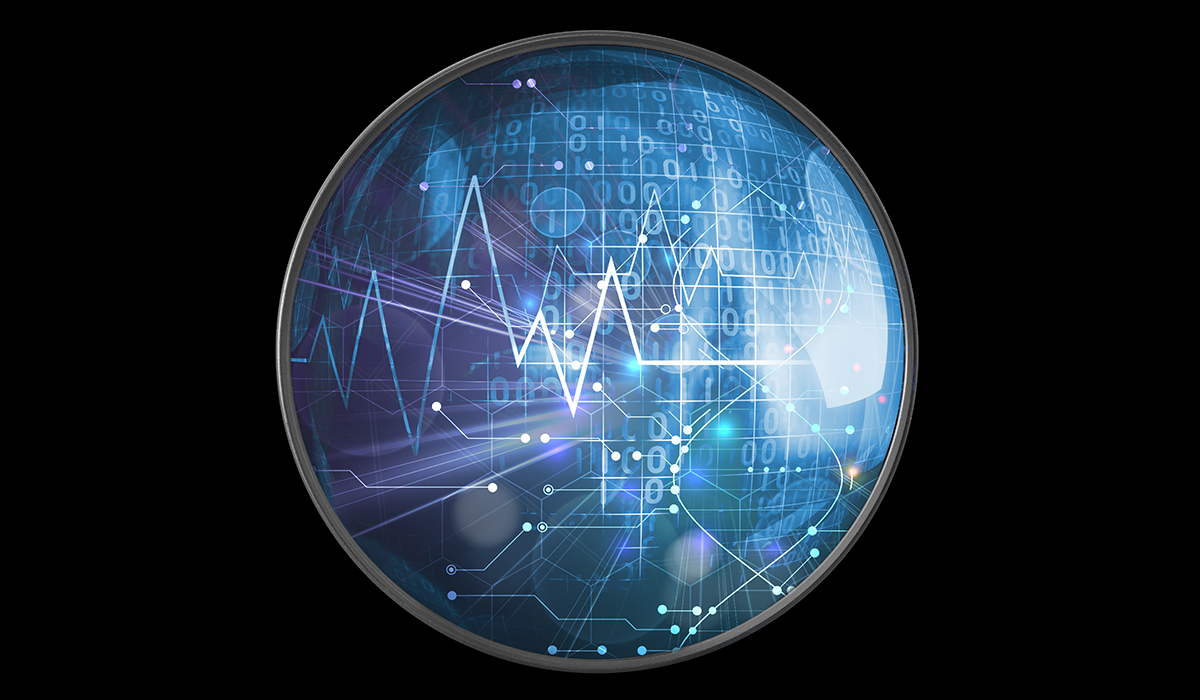ARTICLE SUMMARY:
The future of 5G is already here! Medtech R&D teams should have already thought through the various implications and use cases leveraging 5G. Those that haven’t started on this path are likely already trailing their competitors. Explore how 5G and edge computing could enhance medical devices and healthcare services reliant on devices. By Pedro Arboleda, Managing Director, Deloitte Consulting LLP.

Deloitte Life Sciences
Comprehensive consulting, financial advisory, risk management, audit, tax and related capabilities, along with software products and platforms, deliver value at every step - from insight to strategy to action.
5G is the next evolution in cellular technology, but the telecommunications industry is not the only beneficiary of this next generation of wireless connectivity. When combined with other emerging technologies (e.g., big data, edge computing, artificial intelligence, machine learning, the cloud, and radical interoperability) 5G acts as a significant force multiplier in healthcare. 5G is expected to offer not only faster speeds with quicker downloads, but also significantly tighter security, better reliability, higher data volume, and reduced latency.These attributes are important in a world where healthcare is increasingly reliant on data, both in the acute setting and as patients get care delivered on-the-go and at home.
While 5G has been in the public conversation for several years, it could take some time to be broadly available. For medtech manufacturers, 5G will make it possible to miniaturize devices, prolong battery life, and operate devices with lower power requirements. The latest generation of cellular connectivity also makes it possible for medical devices to transmit more data and to conduct faster “on the edge” computing. This negates the need to send most device-generated data over long distances. With Edge Computing, most computing can happen on or near the device, enabling applications such as immersive therapeutics or R&D (via AR/VR) or remote surgical procedures.
5G and Edge Computing
 While they are distinct technologies, 5G and edge computing deliver the most benefit in concert with each other. 5G offers enterprises a way to capture and transmit large amounts of data from a vast assortment of devices. Edge computing empowers organizations to act on these rich data sets in real time. This technology partnership will enable real-time operations, improve data management and control, and decrease data-transmission costs.
While they are distinct technologies, 5G and edge computing deliver the most benefit in concert with each other. 5G offers enterprises a way to capture and transmit large amounts of data from a vast assortment of devices. Edge computing empowers organizations to act on these rich data sets in real time. This technology partnership will enable real-time operations, improve data management and control, and decrease data-transmission costs.
Ultra-highspeed connection, near real-time responsiveness, and massive IoT connectivity have sparked rapid innovations in telemedicine, smart hospitals, and personalized care. Here’s a look at how 5G and edge computing could enhance medical devices and healthcare services reliant on devices:
- Diagnostics: 5G-enabled sensors embedded into implantable medical devices could monitor patient conditions and enable self-diagnostics.When combined withAI/machine learning, smart devices might detect acute conditions and trigger an emergency response from the local responders, which could improve survivability.
- Inventory: Smart labels, real-time locational service-enabled devices, equipment, and dispensers will enable much more pervasive, real-time tracking and monitoring of inventory. Suppliers will be automatically notified when supplies are running low.
- Wearables: 5G-enabled smart wearables will continually monitor a patient’s progress and provide updates to the care team, the patient, and the patient’s caretakers. High volumes of data generated by point-of-care devices could be analyzed quickly on or near the device to support real-time clinical decision-making and increasing the concept of home as a health hub where wearables and other consumer devices like connected scales, create a holistic, continuous view of a patient’s vitals.
- Imaging: High bandwidth will make it easier to share large files. CT or MRI images will be transmitted (at up to 10Gbit/s) to a radiologist in near-real-time, reducing report turnaround times and allowing for more efficient patient care. This is especially meaningful in operating rooms where medical equipment generates an increasing amount of data-intensive output like images and ultra-high-definition video.
- Surgical: Faster processing speeds and lower latency will make it possible to perform more precision procedures. While augmented reality/virtual reality are already being used in the surgical theater, they operate with relatively low fidelity. During a surgery, even a microsecond lag could have a negative impact. 5G will remove that latency. The dexterity of human surgeons will be translated onto robots which provide haptic feedback, which provide a much more enhanced and realistic sense of touch to the wearer.
- Clinical trials: 5G could help make it easier to conduct clinical trials virtually, which could help improve recruitment. By making the recruitment process more efficient, clinical trials could get patients enrolled more quickly, which can reduce the time it takes to bring a new product to market. Virtual trials might also attract a more diverse mix of patients.
- Laboratory: Faster processing speeds could decrease the time it takes to process lab results from lab equipment. As a result, important information could be made available to patients and clinicians much more quickly than today.
- Cyber: 5G will make it possible for a hospital to create a private, self-contained network. This closed network will strengthen cybersecurity because there is only one exposed gateway, making it easier to monitor and protect - like having a virtual drawbridge and a moat protecting the network.
As these examples show, 5G and Edge Computing have the capacity to support numerous applications ranging from virtual reality and remote surgery, to drones transporting essential supplies, to real-time health monitoring to IoT-enabled hospital-management systems. 5G capabilities could dramatically improve speed and the amount of data that devices can send making it possible for surgeons to oversee robotic surgeries regardless of their locations. 5G, combined with AI and cloud computing, will dramatically improve the ability to help spot disease outbreaks in real time. This technology could also improve overall long-term maintenance and public health monitoring during such public health emergencies.
Implications of 5G for Medtech Companies
Medtech R&D teams should have already thought through the various implications and use cases leveraging 5G. Those that haven’t started on this path are likely already trailing their competitors. Virtually all leading medtech companies have either embedded 5G into their product roadmap or are beginning to do so. How a connected device takes advantage of 5G depends on many factors. For example, how will 5G improve a device’s battery life and enhance computing capabilities in or near the device? This will have significant implications for how data is handled at the device-level versus in the cloud. Along with faster speeds and reduced latency, 5G could dramatically improve the reliability, accuracy and dependability of healthcare data. Add to this the security aspects that result from the combination of 5G and AI.
Selected medtech companies are already incorporating 5G into remote patient monitoring, medical asset and equipment-monitoring, and telerobotic surgery. The future of 5G is already here, but business models and reimbursement guidelines have yet to catch up. R&D teams should work closely with commercial sales teams to determine how to charge for the added value created by 5G-enabled devices. This won’t be easy given that business models and reimbursement typically lag new technologies. 5G is no different, but if medtech companies want to take advantage of this opportunity they need to create these types of cross-functional teams.
In many ways, the roll out of 5G harkens back to the early days of the Internet when even the most sophisticated companies struggled to figure out how to charge for the value created by that revolutionary technology. However, there is good reason to be optimistic. Early indications are that medtech leaders are taking up this new technology in new and exciting ways, which could have a significant impact on the future of medtech.
Pedro Arboleda is Managing Director, Deloitte Consulting LLP.
Comprehensive consulting, financial advisory, risk management, audit, tax and related capabilities, along with software products and platforms, deliver value at every step - from insight to strategy to action.
Learn more at Deloitte Life Sciences
